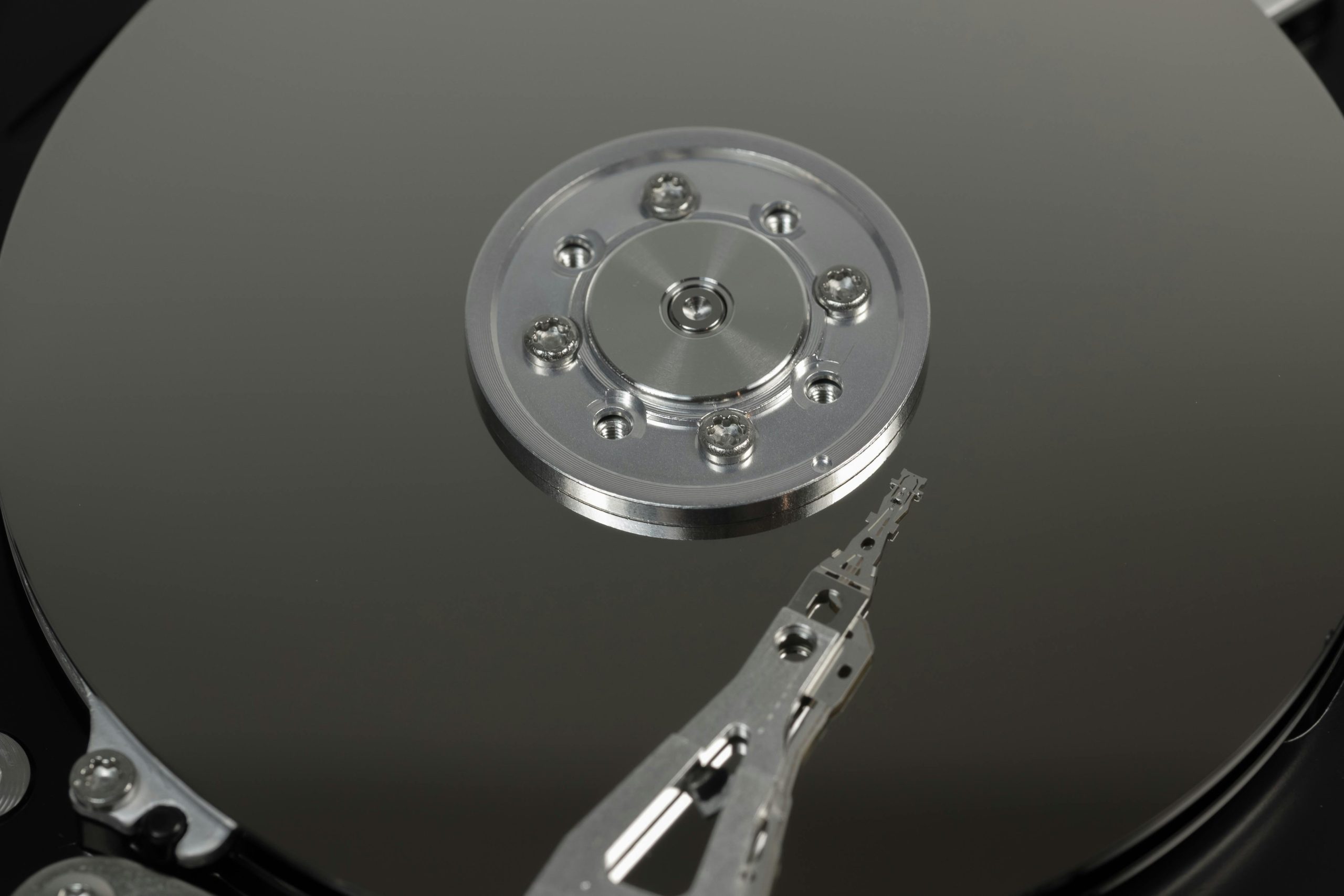Exploring the Possibility of Using a Hard Drive from a Different Computer as a Secondary Drive
Many computer enthusiasts and casual users often encounter situations where their machines exhibit intermittent power issues or other hardware concerns. One common question that arises in such scenarios is whether it’s feasible to remove a hard drive from an aging or malfunctioning computer and utilize it in another system. This approach can be particularly appealing if the drive contains valuable data or essential programs.
Can You Use a Hard Drive from a Different Computer as a Secondary Drive?
In most cases, the answer is yes. Hard drives are generally designed to be compatible across different systems, provided that certain hardware interfaces are supported. Here are some key considerations:
-
Interface Compatibility:
Most modern hard drives connect via SATA interfaces, which are widely supported across contemporary computers. Identify whether your hard drive uses SATA or older interfaces like IDE (also known as PATA), as this influences the hardware requirements of the new system. -
Physical Size and Form Factor:
Hard drives come in various sizes, including 3.5-inch for desktops and 2.5-inch for laptops. Ensure the receiving computer has the appropriate drive bay and mounting options. -
Data and Operating System Compatibility:
If the drive contains an operating system installed specifically for the original hardware (e.g., Windows with OEM licensing tied to that machine), booting it in a different computer might encounter driver conflicts or activation issues. However, for data storage or using the drive as a slave (secondary drive), these concerns are minimized. -
Power Requirements:
Confirm that the new computer’s power supply can support the additional load, although this is rarely an issue with standard drives.
Practical Steps for Installing a Used Hard Drive in a New System
-
Shut Down and Unplug the Systems:
Always ensure both computers are completely powered off and disconnected from power sources before handling hardware. -
Remove the Hard Drive Carefully:
Follow proper static electricity precautions and remove the drive from the affected computer. -
Connect the Drive to the New System:
Use an available SATA port and power connector. For desktops, internal installation is straightforward. For laptops, an external enclosure or USB-to-SATA adapter might be necessary if internal installation isn’t feasible. -
Configure BIOS/UEFI Settings:
Boot the second computer and access BIOS or UEFI settings to ensure the drive is recognized and properly
Share this content:

